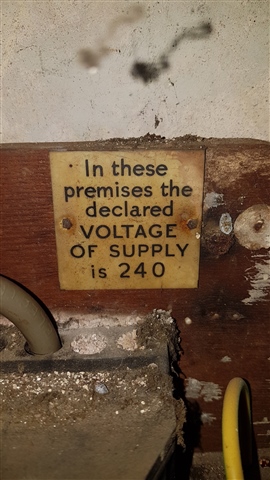The 18th Edition AMD 2 was signed off by the Chairman of JPEL 64 on Monday. So it can now go to the printers for publication on the 28th March.
The IET have issued a press release which gives some detail of the changes.
This can be found here. https://www.theiet.org/media/press-releases/press-releases-2022/24-january-2022-iet-and-bsi-publish-amendment-2-2022-to-bs-76712018-iet-wiring-regulations/
JP

